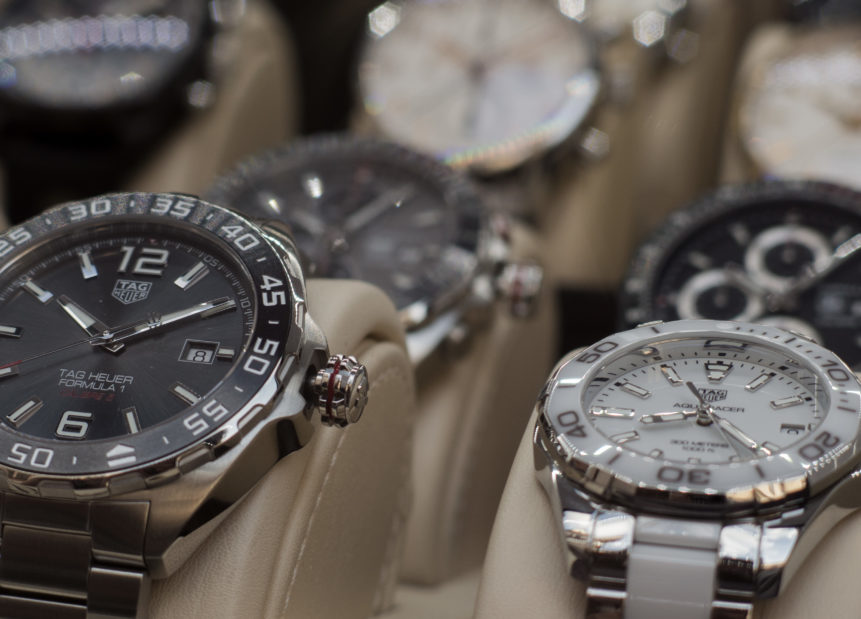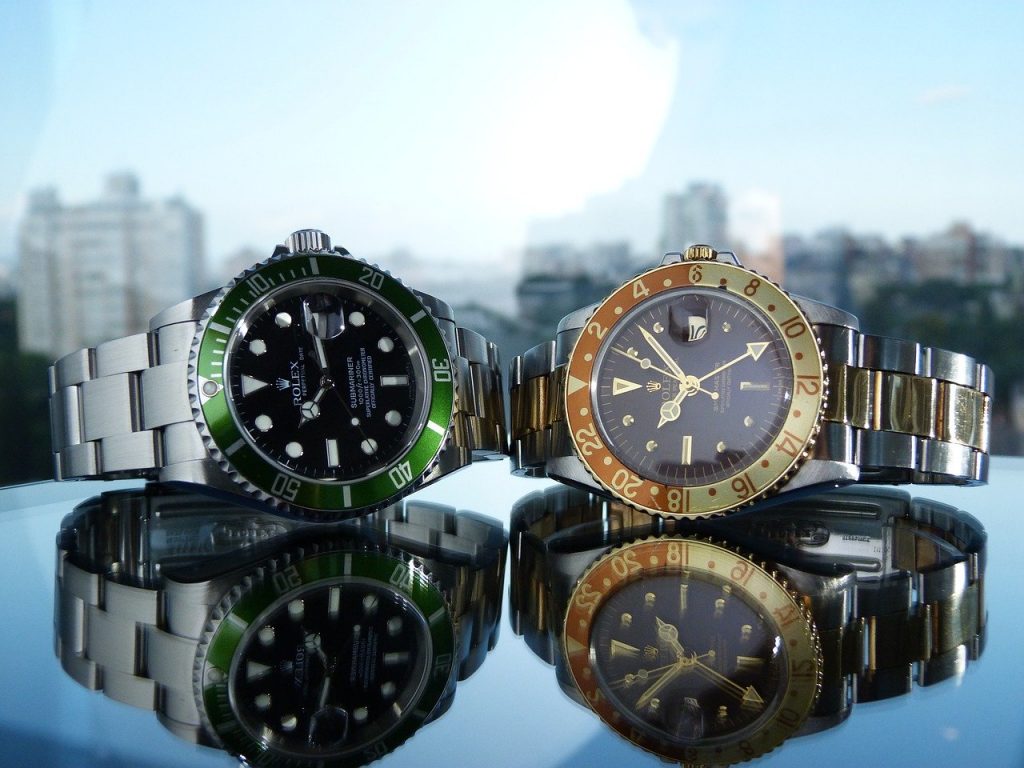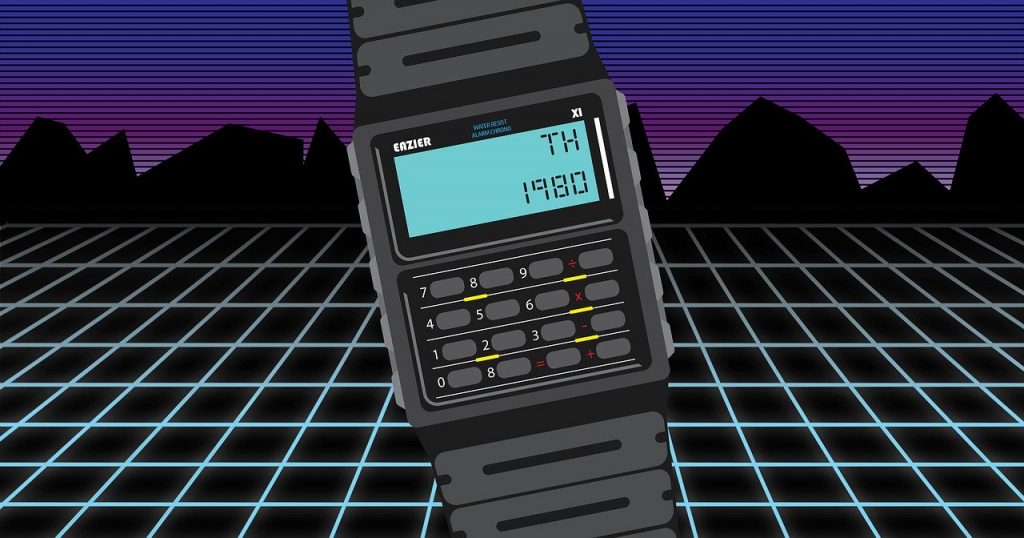
What’s In A Watch?
Here’s the thing about a good watch: it’s a lot more than just some timepiece for your wrist. Certainly, this is a primary function of a watch; but there’s so much more to it than that—especially given the options available today. Watches require careful manufacture, and when you get one that’s well-made, it can actually increase in value over time.
You’ve got to ask yourself: why are you buying a watch? Do you merely want a convenient timepiece always just a glance away? Are you looking to acquire some wearable wealth as an “eject button” financially, for when the unexpected happens? Are you looking for a status symbol? Are you trying to stay “hip” with modern technology accessorizing?
These are some pertinent questions to consider. Certainly, it’s always possible just to pick out some cheap timepiece at a department store—and it may work well for you, until the battery wears out; and then you’re probably going to trash it and buy a new one, because those cheap watches are barely worth the battery inside. There is a better way, we’ll explore it here.

Determining If You Need Convenience Over Quality
How clumsy are you? This is a serious question pertaining to the watch you choose. Do you break things incidentally? How ripped up are your clothes; are you always tearing your shirts on banisters or catches between doorways? Nobody is perfect, and here’s the thing: if you’re either of that somewhat clumsy kind, or you’re continuously in difficult situations, be careful.
Some people are in their heads, and they’re busy, and they’re working hard labor occupations with a lot of heavy machinery. Sometimes they’ve got to swing their hands around fast, and a watch on the wrist might get cracked as an arm comes against a wall, or a bit of piping. If you’re a cattleman on the range, you might end up having to restrain livestock.
When you’ve got some $300+ timepiece on your arm, and you’re always in physically testing situations, that’s a great way to break it, spoil your investment, and put yourself into a position where you’ve got to buy another one. In such situations it’s more convenient to buy a handful of cheap watches and sub them out when one is broken.

Wearable Wealth – See ROI For Your Timepiece Investment
From hundreds to thousands of dollars in worth, a good watch can represent some very real money. A good Rolex is always worth a few hundred, if not a few thousand. In a world where digital solutions are king, this can be a great way to keep your options open even in the event of some issue affecting your digital assets.
As it turns out, it is certainly possible to purchase wearable timepieces as a means of profitable investment—that’s according to My Watch Den. Buy right, and properly care for the watch, and it will only increase in value over time. So not only is the wealth of the watch wearable, but it becomes more valuable.
Status, And Maintaining Cutting-Edge Technological Relevance
A watch truly can be a status symbol. Rolexes were mentioned earlier owing to this reality. Something else you might want to think about is technological relevance. For a few hundred bucks you can acquire a “smart” watch, like Apple’s iWatch. Now here’s what you want to consider with that: it’s probably not going to be appreciated in value. At least not by much.
Because computational technology exponentially progresses in line with Moore’s Law numbers, digital trinkets quickly lose value. Calculator watches were all the rage in the nineties; now you can get one for like five bucks. When they were big, they’d cost $50 to several hundred dollars. These days, they are just not in high demand.

Making The Right Steps In Watch Acquisition
Whether buying for status, to stay on the cutting edge, to acquire a wearable investment, or as a convenient solution, there are plenty of options for anyone seeking a watch; some will be more or less appropriate to your situation. Start the acquisition process by knowing what you want, then explore options through the right providers from there.